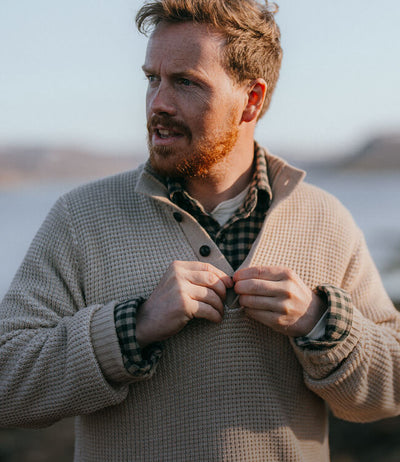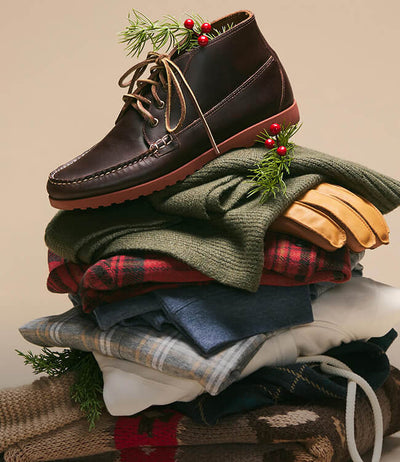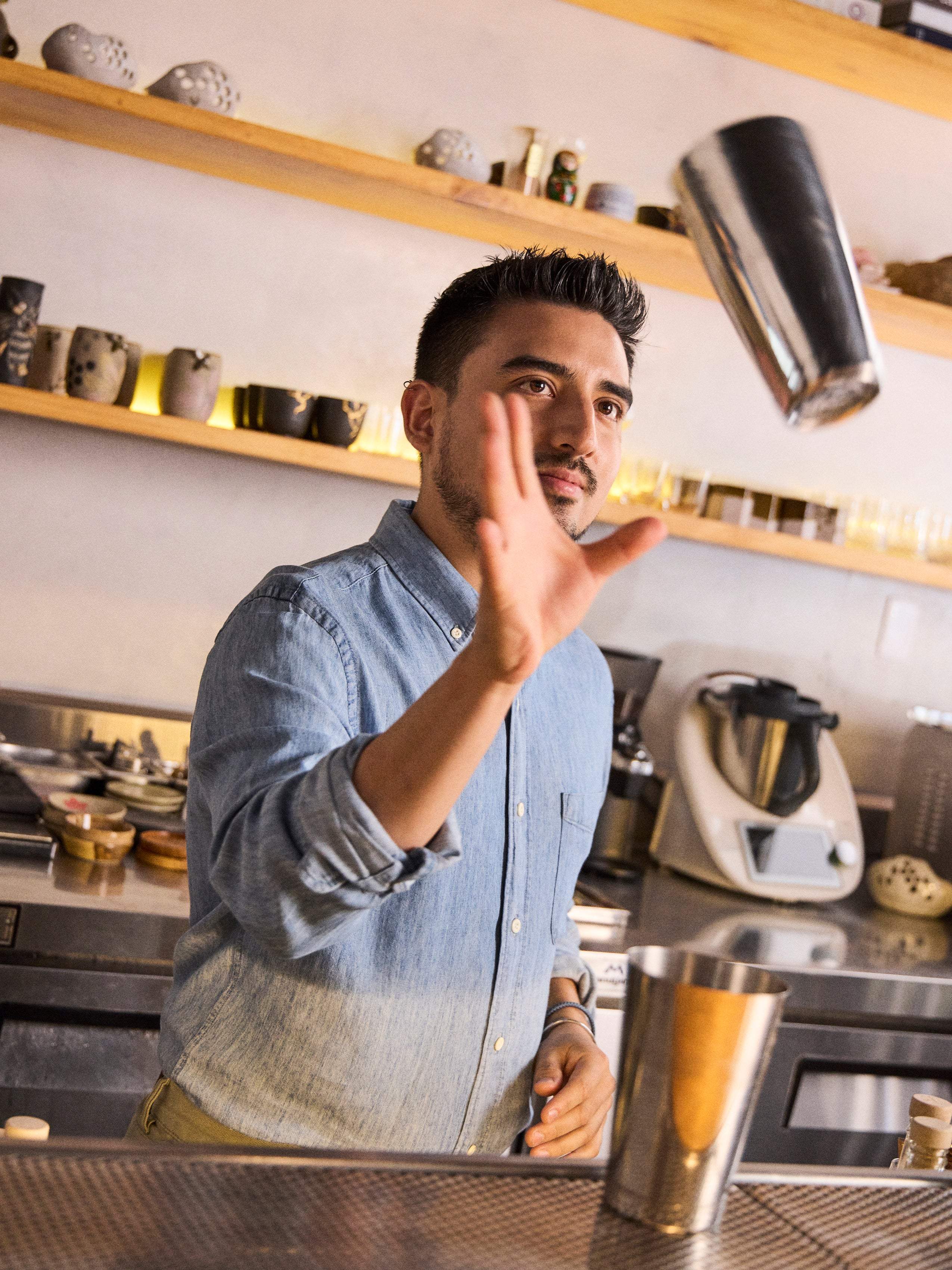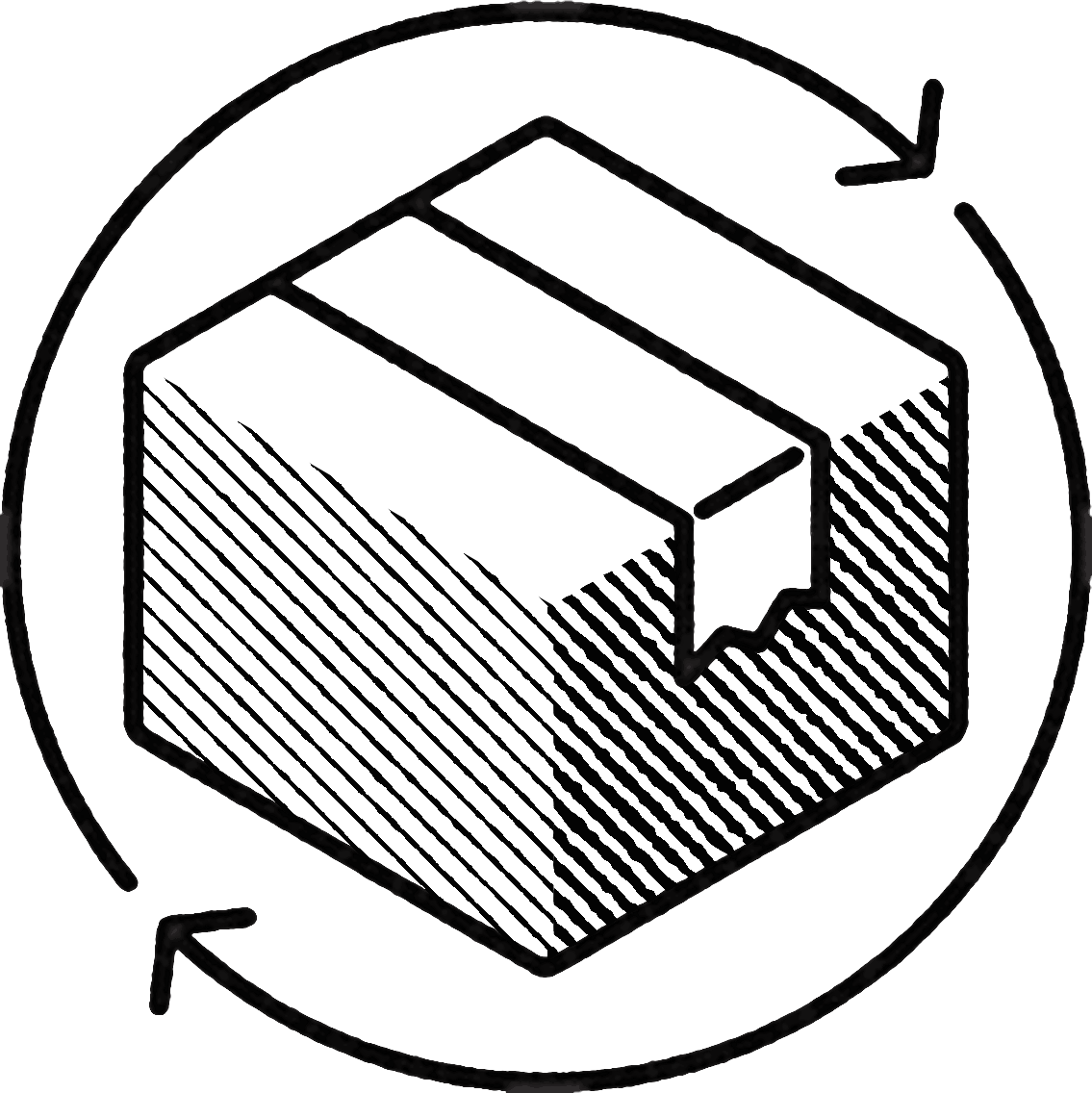Ever wonder how we create our incredibly soft Cloud Cotton? We recently traveled to Peru to meet our partners and see the process—literally farm to fabric—first hand.
The journey began at Romosa, the Lima-based spinning mill that produces our Cloud Cotton fabric. Founders and spouses, Pablo and Kika Lupis Davila, are pioneers in Peru’s textile industry. Now, their son, Pablo, is ensuring the company is at the forefront of sustainability.

“I’ve been working with Pablo and his mother since 2015,” says our co-founder and Chief Creative Officer Mike Faherty. “Fabric is a key aspect of what drives the items we design and we always want our fabrics to be proprietary—we’re innovating and inventing all the time to have the best of the best. Pablo shares a similar mindset, so he and I have hit it off as collaborators. If I have an idea about a fabric—a new version of a tee or sweatshirt for instance—I can give him a call. It’s become a great friendship and we look forward to growing old together, while making amazing stuff.”
After touring us around the factory and dye facilities, Pablo took us on a road trip south to see the farm where the cotton is actually grown and harvested and then to the gin mill where it’s processed before being shipped back to Lima and turned into our outrageously airy, light, and soft Cloud Cotton fabric. Here’s a step-by-step guide to what goes on behind the seams.
“We invented Cloud Cotton together because I asked Pablo how we could reinvent the classic cotton henley and tee,” Mike shares. “We worked up a special yarn blend that makes the softest version of cotton I’d ever felt and then we played with the technique by trial and error to develop a double-knit structure that allows for a cloud-like feel.
Here’s a step-by-step guide that shows what goes on behind the seams.
STEP ONE
Cotton seeds grow into flowers, which turn into a fruit known as a boll. Each boll contains nearly 500,000 cotton fibers.

STEP TWO
Cotton is transported to the Mercantil Algodonera gin mill in Pisco so the seeds can be separated out and used to make cotton seed oil and livestock feed.

STEP THREE
Bales are moved to the Romosa mill in Lima. The cotton is put through a carding machine—cylinders covered in tiny metal teeth—to remove impurities while separating the individual fibers. The cotton is then blended with Tencel Modal, a responsibly sourced wood-based fiber.

STEP FOUR
The blended cotton goes through a combing machine to remove short fibers and develop the yarn’s evenness, strength, and smoothness.

STEP FIVE
The fibers are now in soft slivers which are spun on bobbins (a cylinder on which yarn is wound) loaded onto ring frames. The spinning process softens and straightens each fiber of yarn.

STEP SIX
Yarn is colored at Romosa’s on-site dye facility.
















